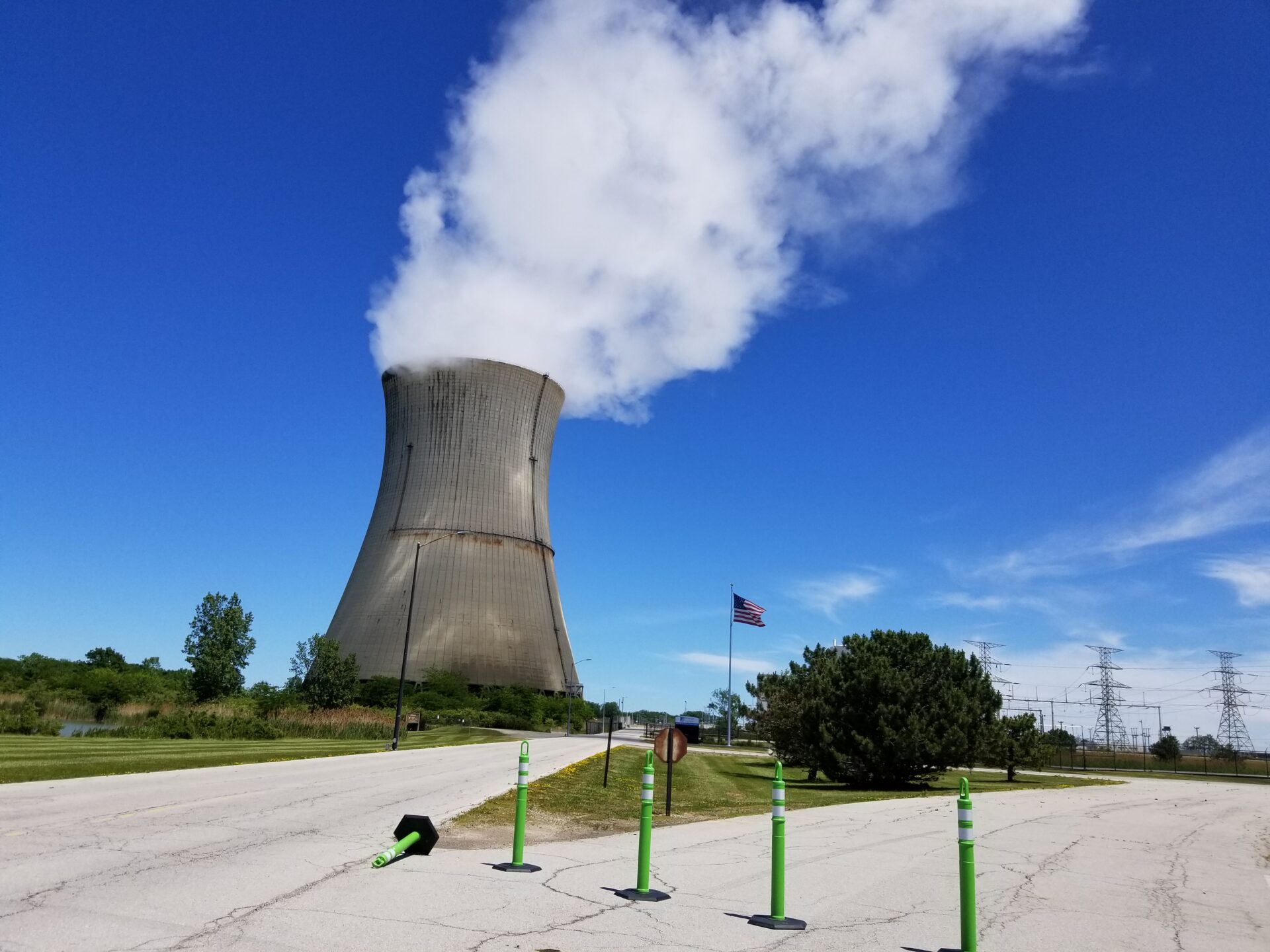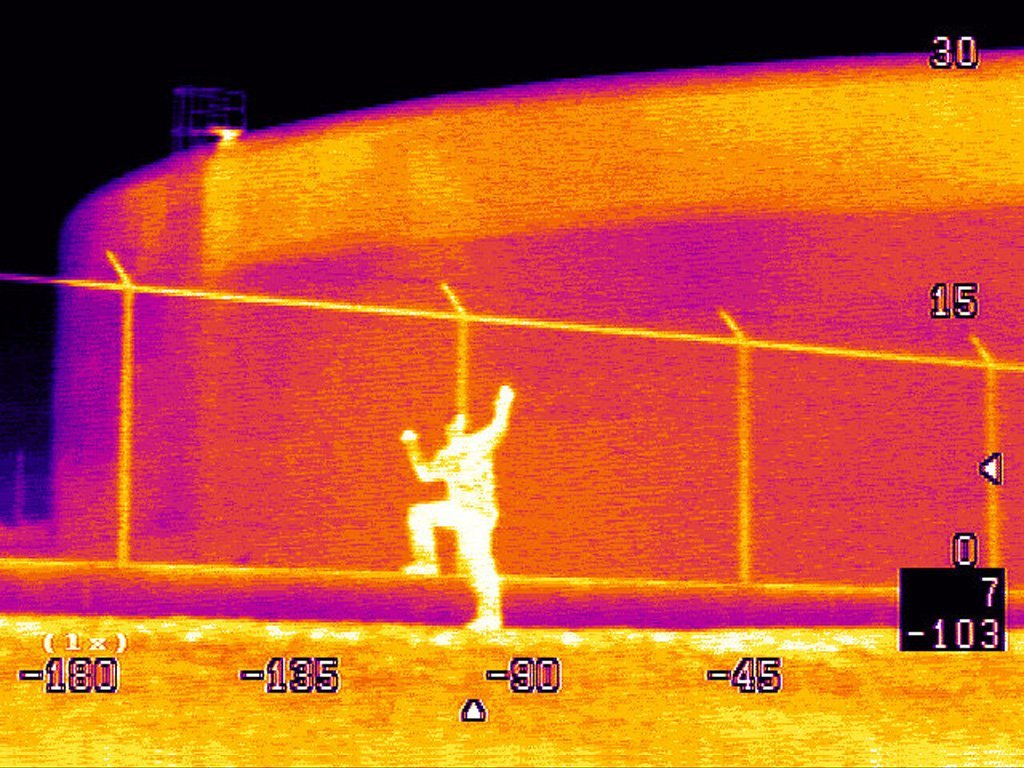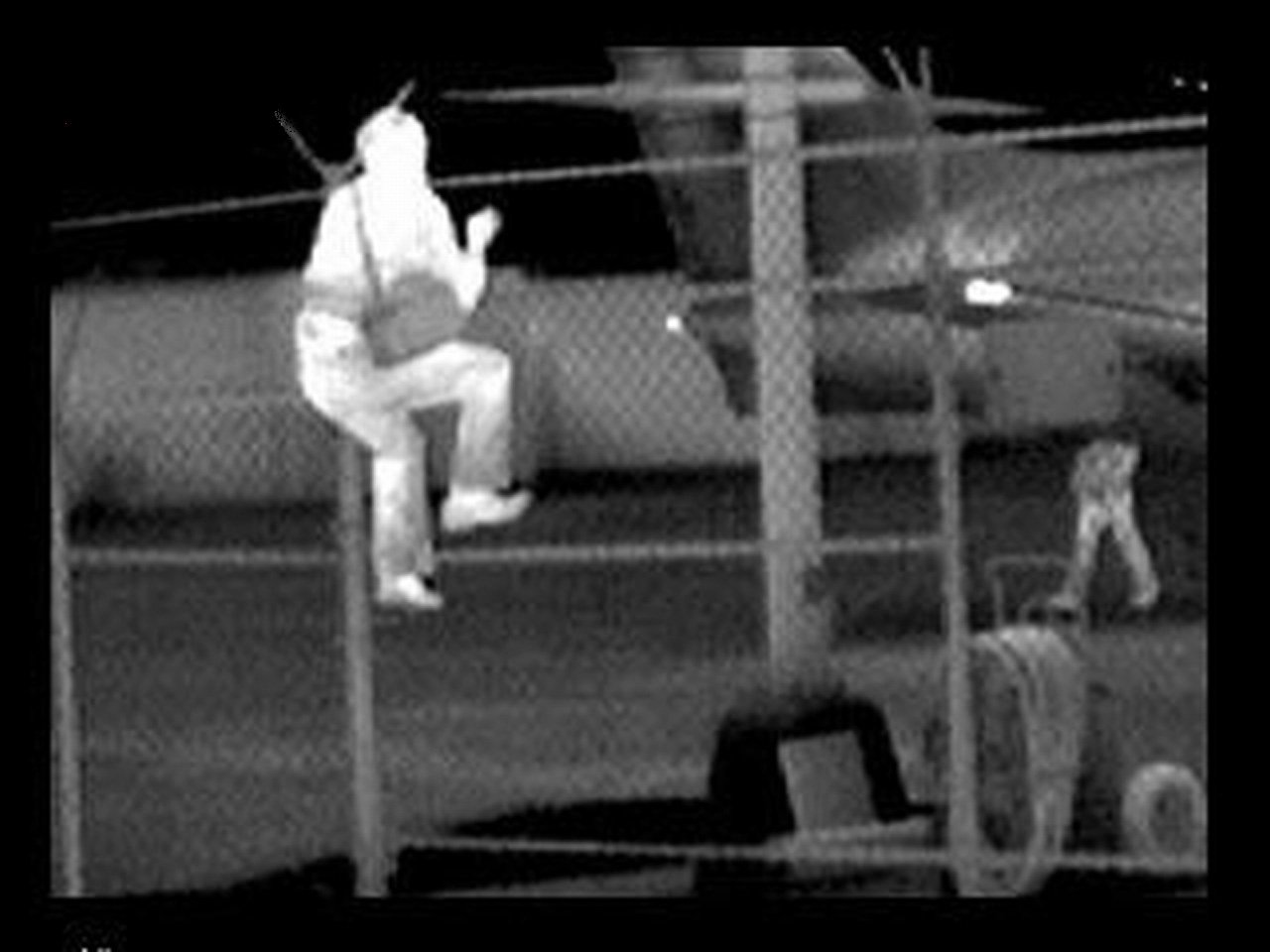
Critical Infrastructure
Protect What’s Essential
Critical infrastructure comprises 16 sectors that are considered vital to national security, health, and safety. Within the United States alone, those sectors include:
- Chemical facilities that produce, process, or store tens of thousands of substances used routinely throughout the economy but which, in the wrong hands, are potentially dangerous.
- More than 100 nuclear power plants in 30 states, plus another 31 research facilities,
- Over 6,000 electricity production facilities, from natural gas-fired power stations to hydroelectric dams.
- Transportation systems, including highways, railways, airports, seaports, and mass transit systems.
- Nearly 170,000 drinking water and wastewater treatment systems.
- Key manufacturing locations, including those that make steel, engines and electric motors, vehicles and rail cars, and many other essential products.
Disabling or destroying facilities within these sectors could have an immediate and negative effect on daily existence.


Threats From Ground and Air
Adversaries no longer are limited to climbing over a fence. Drones and vehicle-borne improvised explosive devices (VBIEDs) can cause significant damage within seconds of breaching a perimeter.
That’s why IEC offers a full range of solutions for threat recognition and deterrence. IEC’s Lycan system can detect drones that are miles away and, where law allows, interrupt both control and navigational signals. The extreme detection ranges of Werewolf and Raptor give security teams the longest possible warning of potential threats. Banshee disorients and disables intruders through non-lethal means.
Protect and Deter
In 2013, 100 rounds from assault rifles took out 17 of 21 transformers at a California electrical substation. Law enforcement has yet to catch the perpetrators. In 2022, simultaneous shooting attacks on two substations in North Carolina caused millions of dollars in damage and left tens of thousands without power for several days. The United States alone has 55,000 electrical substations like these.
To prevent history from repeating itself, IEC’s long-range, remotely operated surveillance systems can:
- Expand the number of sites monitored by existing security personnel
- Aid law enforcement and prosecutors, by capturing recognizable images of attackers even at distances of several hundred yards
- Provide a unified interface that minimizes operator fatigue
